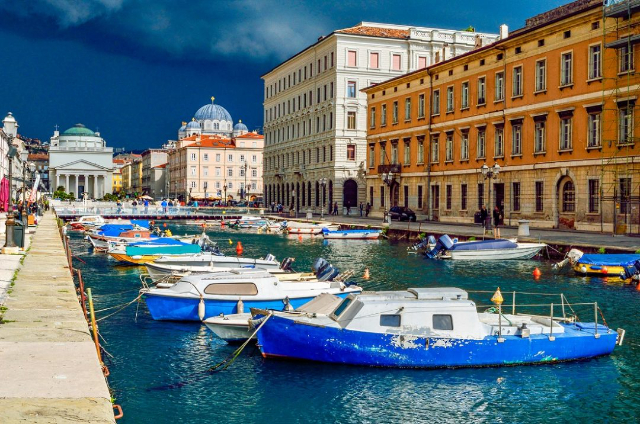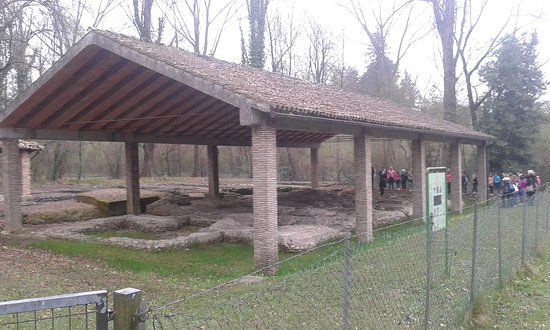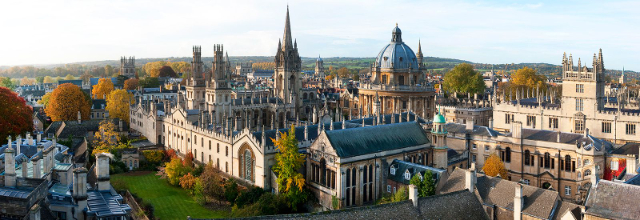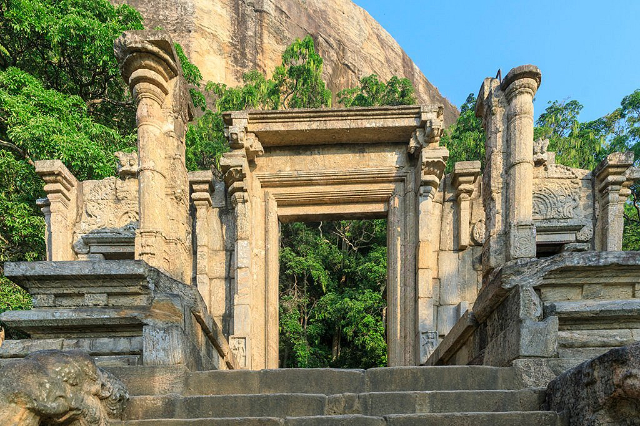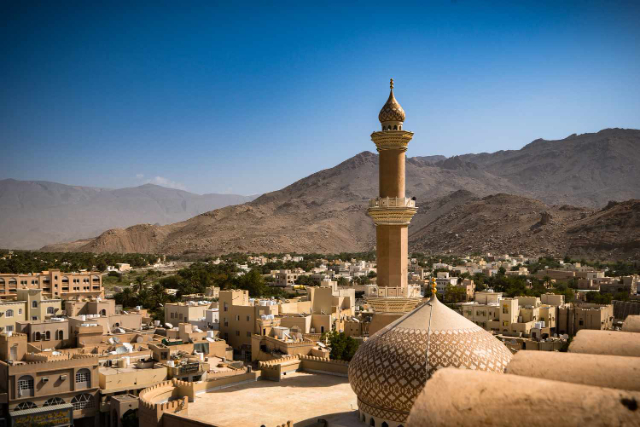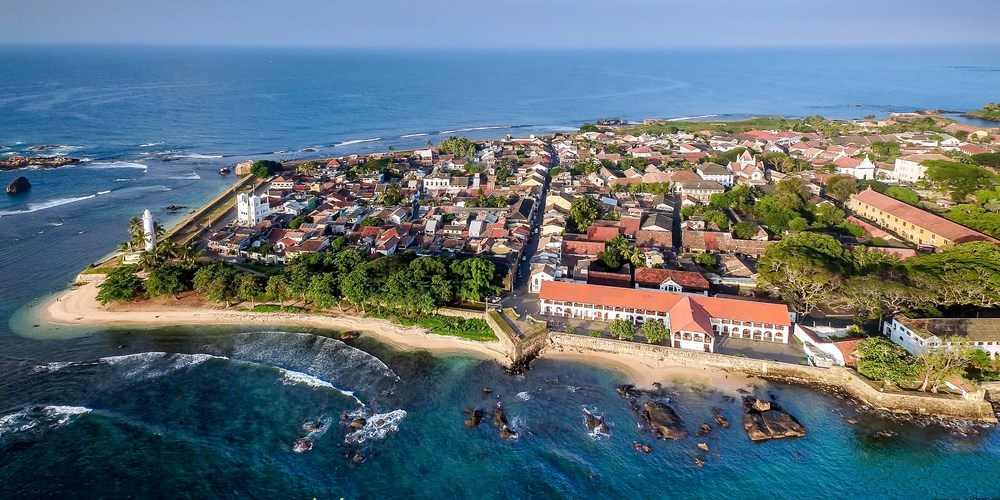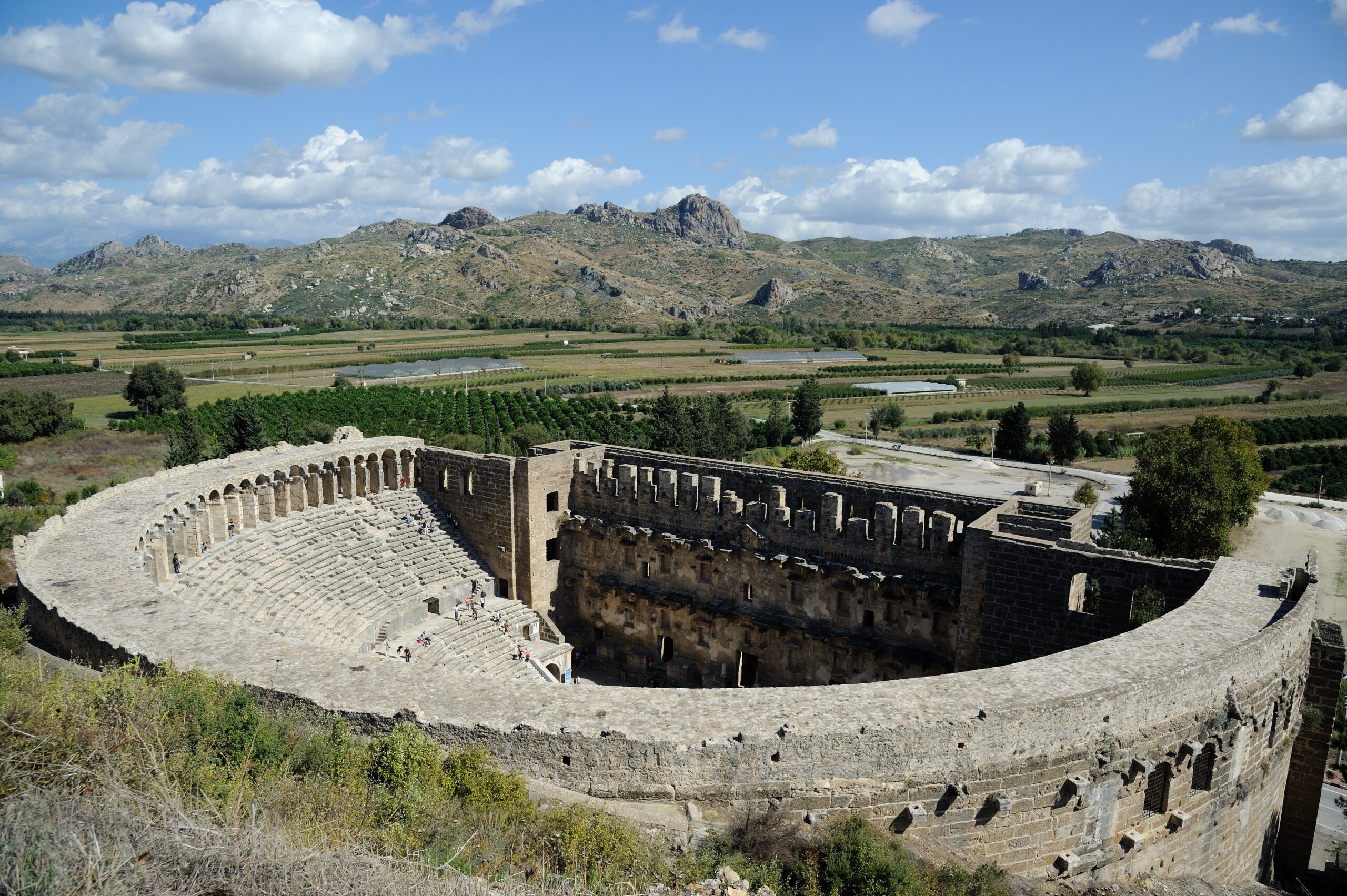<p><strong>Borgo Teresiano</strong> is one of the oldest and most historical districts in the centre of Trieste. Commissioned by <strong>Maria Theresa</strong>, the first Empress of Austria, around the middle of the 18th century, the new aristocratic district created by filling in the salt pans was to become the new commercial hub of the city and represents, thanks to the orderly intersection of its orthogonal streets, one of the first examples of modern urban planning. The district, with the name Borgo Teresiano, continues to pay homage to the person who founded it. The fulcrum of the district is the Grand Canal, (1754-1756), a navigable canal perpendicular to the waterfront that brought goods directly into the city. The recent economic boom, due to the proclamation of the city as a free port by Charles VI in 1719, and the consequent influx of traders from various countries (especially Greece and Serbia), led, in fact, to the need to extend the city beyond the medieval walls that still contained it.Thanks to the tolerant policy of Maria Theresa, who decreed freedom of worship and allowed the various religious communities to build their own churches, several places of worship were built that are still among the most significant of Trieste’s architecture.</p>
<p>This is the case of the Serbian Orthodox temple of the Holy Trinity and St. Spyridon, by the Milanese architect Carlo Maciachini, which reflects a Byzantine taste and is characterized by a dome higher than the four bell towers, and the church of St. Nicholas, of the Greek Orthodox community. The largest Catholic church in Trieste, <strong>Sant’Antonio Nuovo</strong>, is located on the homonymous square near the Grand Canal and is built in neoclassical style on a project by the Ticinese architect Pietro Nobile. Modern guidelines were used in the urban planning of Borgo Teresiano: the commercial buildings always have a high ground floor, sometimes with a central door large enough to allow access by carriage, and reduced heights in the upper floors dedicated instead to residences. The builders, mainly merchants, commissioned famous architects and artists such as Matteo Pertsch, Pietro Nobile and Cesare dell’Acqua to design their future commercial and residential buildings. The result is a cosmopolitan architecture, with strong Italian traits but influenced by 19th century Viennese architecture.</p>
<p>For about a hundred years the only bridge over the Grand Canal was the Ponte Rosso (1756) on which stands the homonymous piazza Ponterosso (1854), one of the first squares of the "new city", still home to a lively open-air market of fruit, vegetables and flowers, which houses the Giovannin fountain, a work of 1753 by Giuseppe Mazzoleni commissioned by Empress Maria Theresa.</p>
